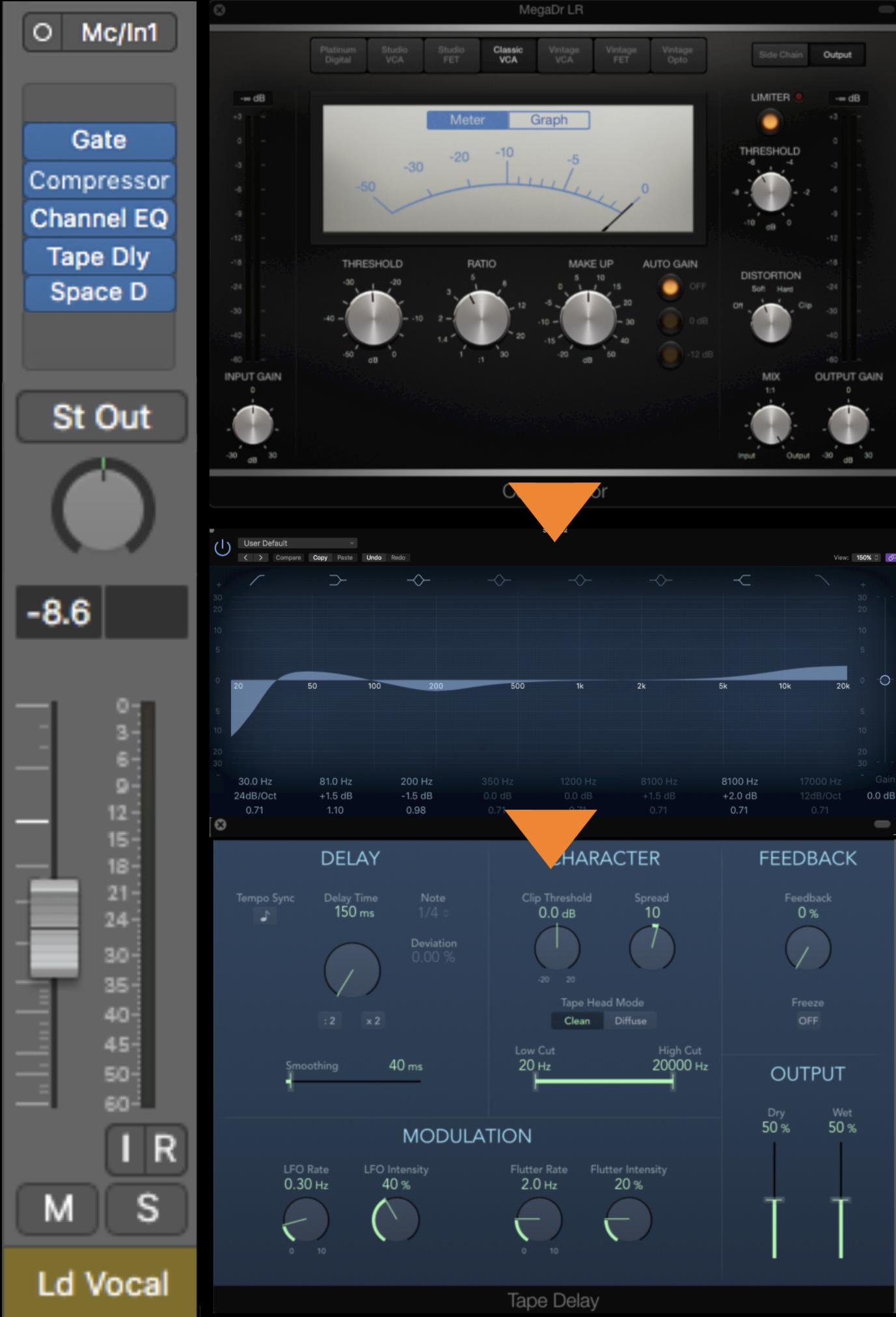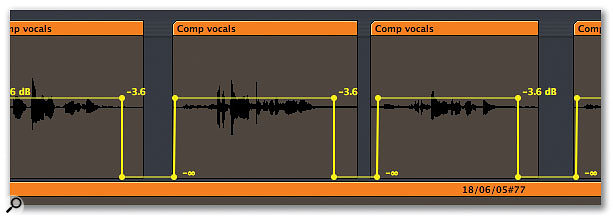

However, you do have to respect their expectations. You don’t want listeners to actively drive your mixing. MATCH THE EXPECTATIONS OF THE PEOPLE AND OF THE ROOM You’ll learn how genre / style of song makes a difference in vocal mixing.Ĭ.
#Easily lower breaths logic x pro professional#
Listen to a professional recording of the song and then listen to music in other genres and listen for the differences in how vocals are mixed. That last bit is a great way of improving your mixing and creating a good vocal mix to match the song. Maybe you’ll start to like it but if not, at least you’ll have an ear for how it is usually mixed.
#Easily lower breaths logic x pro free#
If you struggle with it, take some time listening to song in that style of music via Youtube videos or free music services like Spotify. Hopefully, if you aren’t into the style of music that’s performed, you will be the person who does the last of those.
They might change up a song and one day do, “the reggae” version of a song. Whatever your situation, your band will tend towards playing in a particular style. You might use heavy vocal reverb in a rock mix but would never think of using that same effect in a traditional gospel music mix.

Regarding the use of vocal reverb across these genres, the type and amounts of reverb will be different. Take three different music genres country, rock, and gospel. I think this is a sign the end of the world is near! That unusual combination aside, you need to sculpt your vocal(s) so you create a sound that fits in with the genre of the song. Ten years ago, it was safe to make a statement like, “don’t mix a rap singer like you are mixing a country song.” Now, there are popular country songs which feature a rapper. MATCHING THE GENRE OF MUSIC / STYLE OF THE BAND That being said, you can still learn a lot about mixing backing singers as you learn about how all types of vocals fit into a song.ī. Mixing backing singers will be covered later in this guide. The ways in which you mix a lead singer and a backing singer are quite different. This can happen when the song arrangement calls for the lead singer to step out of the way so a choir or backing singer can step in and sing out for a bridge or chorus or whatever the arrangement calls for them to do. They might sing a highlighting phrase (the same line as the lead for a moment) or completely different words. This might happen at a chorus when everyone sings the same words at the same time. How you blend or contrast them is something that’s covered later.īacking singers can sing in a variety of ways In some instances, more than one person can lead the song so you have multiple lead singers. One song can jump between multiple lead singers. The first song could have singer A and the second song could have singer B. In the latter case, they would be considered a backing singer or backing vocalist.Ī lead singer, just as it sounds, is the singer that leads the song. A vocalist is either going to sing a lead part in the song or they are going to sing in a way that supports the lead singer.

The first part of mixing vocals, or mixing ‘a vocalist,’ is knowing the use of that vocalist in the song arrangement. ARE THEY A LEAD VOCALIST OR BACKING VOCALIST? Vocals are mixed to make the way they are used, the style of song that is being performed, along with a few other aspects for consideration. Preparing Your Vocals (Cleaning up your Vocals).Vocal Microphone Selection and Monitor Usage.This guide breaks down the vocal mixing information into eight areas Grab the 27-point vocal mixing checklist so you can create better sounding lead vocals today:


 0 kommentar(er)
0 kommentar(er)
